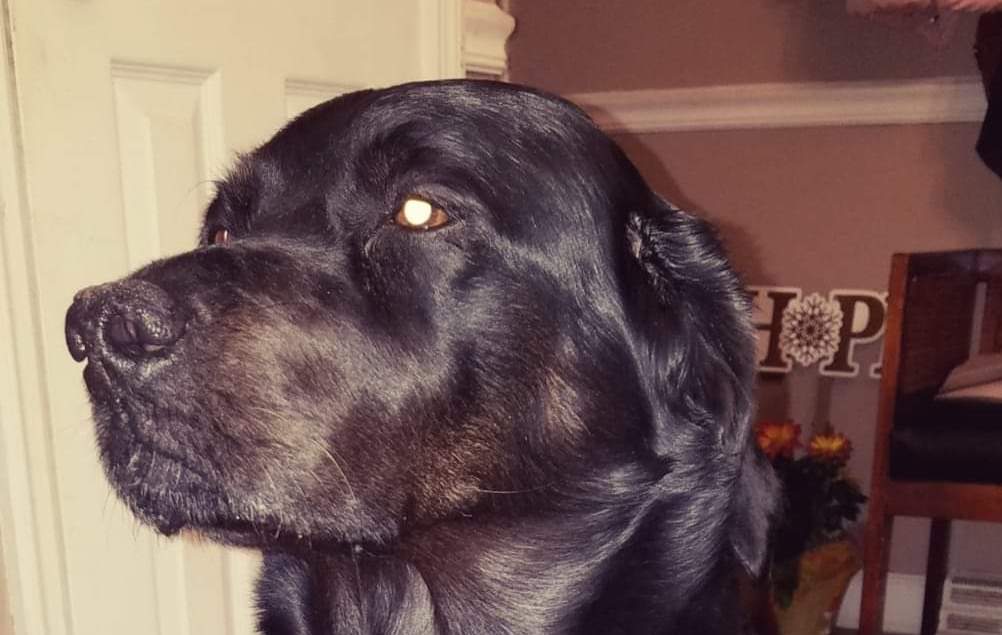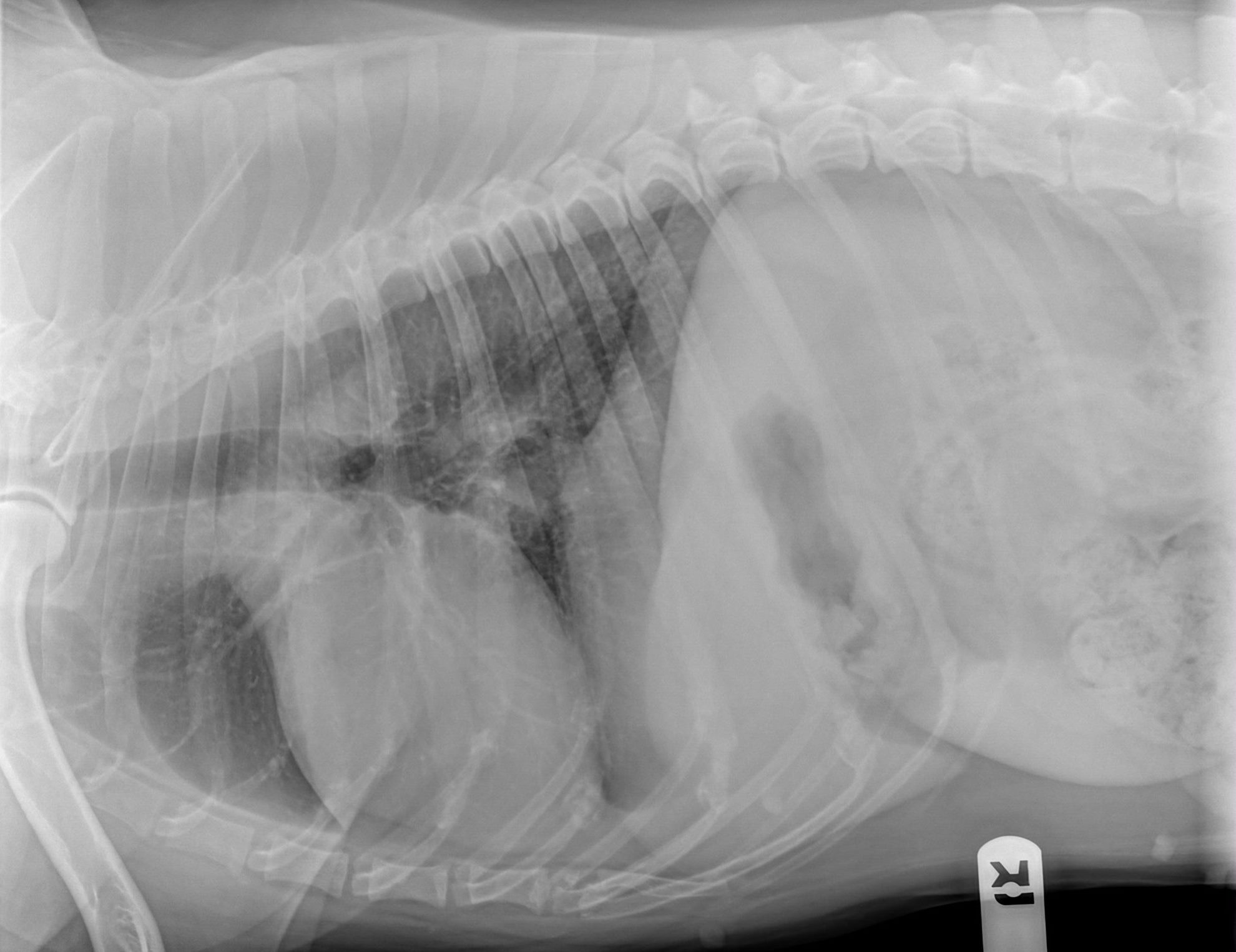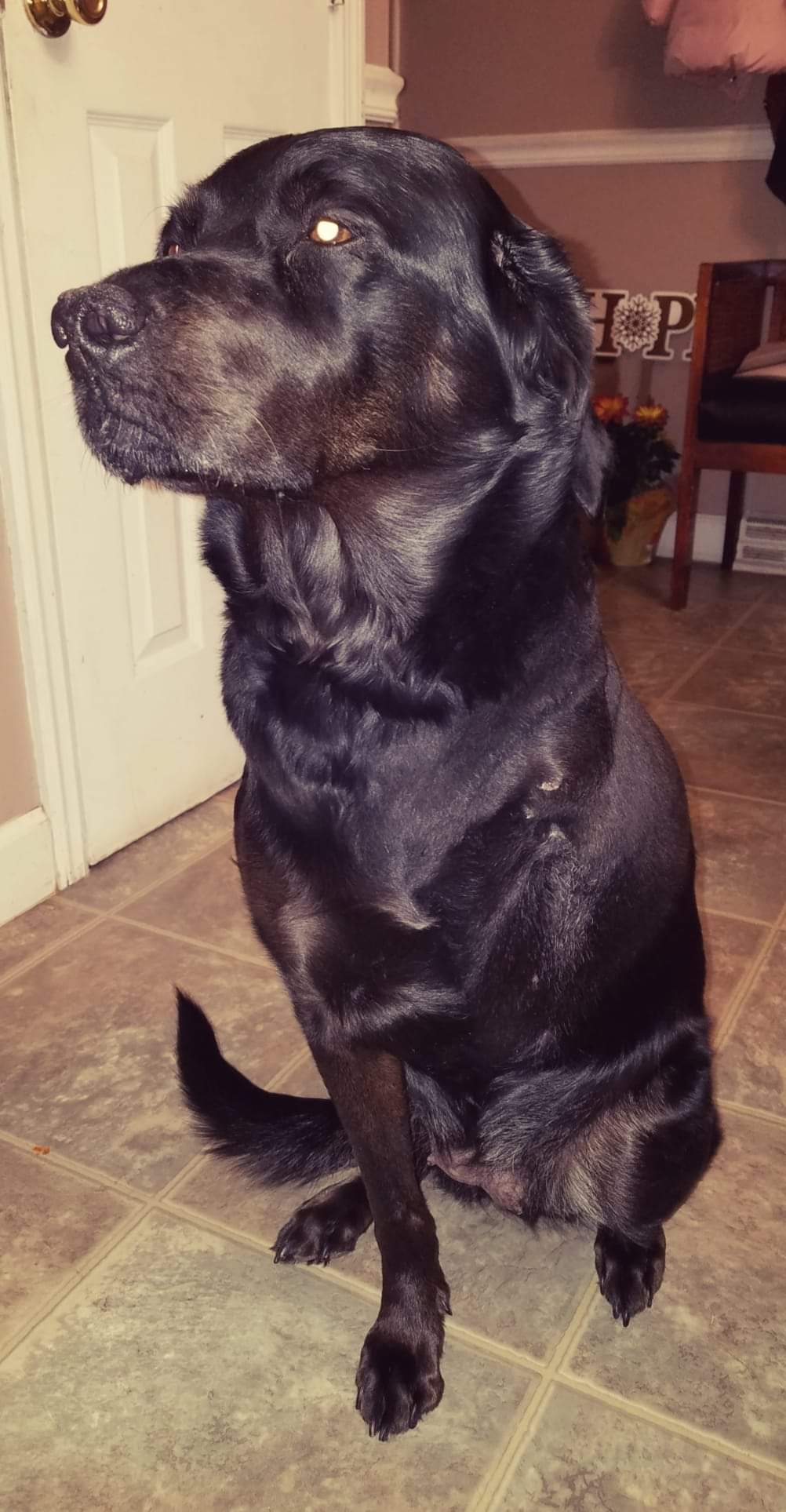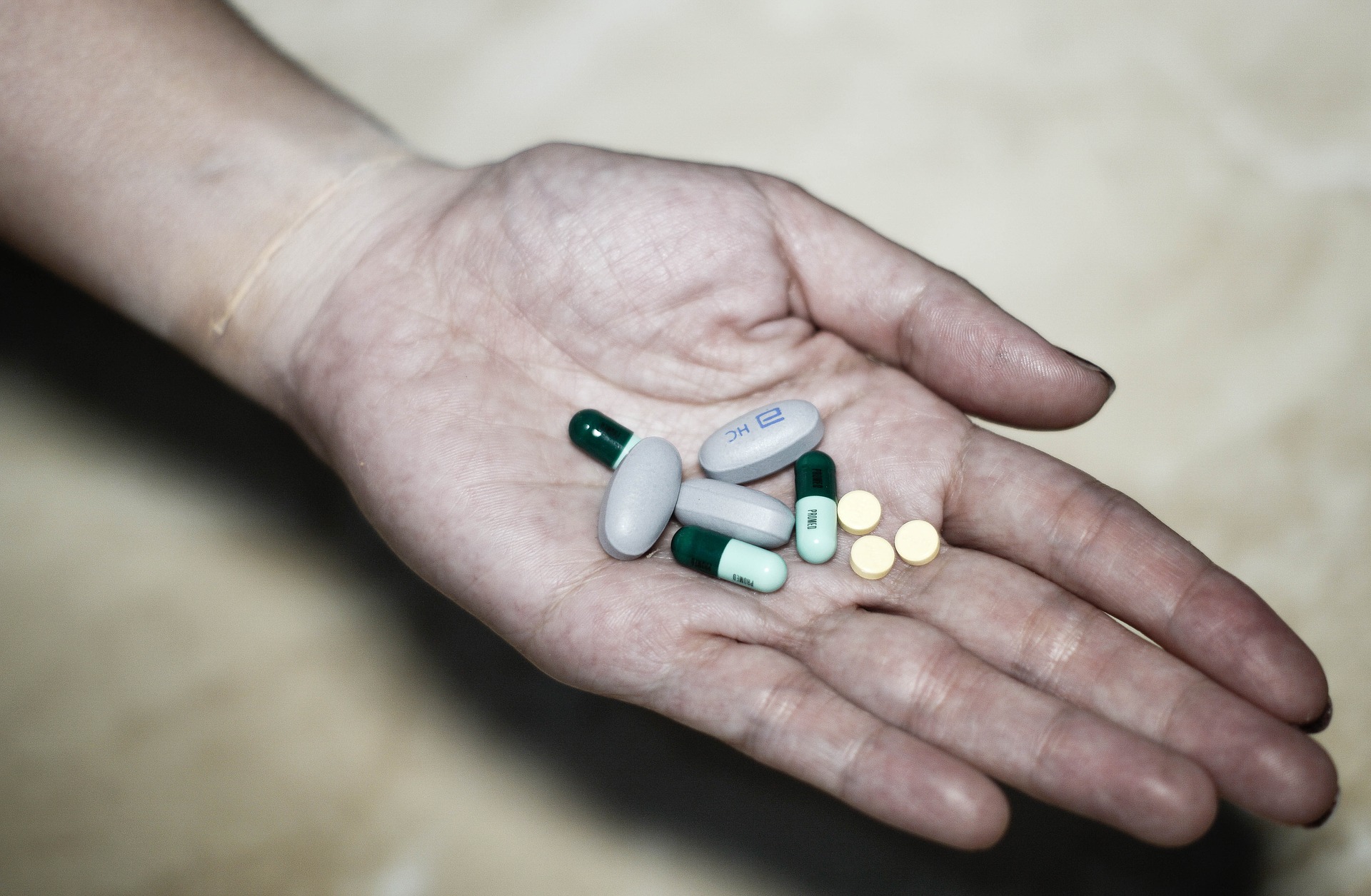Dr. Phil Zeltzman’s Blog
4 (More) Truths about Pet Expenses
As promised last time, here are 4 other financial concerns to consider with your beloved furry friend.

1. Skipping basic pet care can drastically increase costs
As Ben Franklin said, “An ounce of prevention is worth a pound of cure.” Here are five perfect illustrations of that quote:
. Regular dental cleanings are cheaper (and less painful) than a major dental procedure.
. Preventing internal parasites (e.g. worms) is cheaper than treating their consequences, such as vomiting or diarrhea.
. Preventing external parasites (e.g. fleas) is cheaper than fighting their effects, such as skin irritation or infection.
. Nipping small health problems in the bud is cheaper than treating the full-blown disease.
. Vaccinating your pet is always much cheaper than treating any of the diseases vaccines prevent so effectively. In addition, some of these diseases, such as the one caused by parvovirus, can be deadly.
Treating diseases like those can cost over 100 times the preventive care cost — not to mention that you can lose your pet altogether.
2. Pet proofing your home is worth the investment
Pet proofing your house is very important to try to prevent the need to surgically remove something that your pet should not have swallowed.
Ultra-classic examples include socks, toys and “string” type foreign bodies.
3. Feeding veterinarian-approved pet food will cost less in the long run
All pet foods are the same, right? Wrong! Without the proper diet, your dog or cat can develop many different diseases including:
Overweight or obesity
Skin conditions
Heart disease
Malnutrition
Bladder stones
Urinary blockage in cats
Metabolic issues
Proper nutrition can prevent health problems and large expenses.
4. Pet insurance is not an investment
I am a firm believer that pet insurance can be a life-saver. With one huge caveat: you need to pick the proper plan. They are some very good ones and some very bad ones.
I’ve heard pet owners complain “I’ve paid for pet insurance for years, and I never recouped my investment, so I stopped paying for it.”
Insurance is not an investment! It’s protection against a big expense in case of a serious medical or surgical situation.
Would you ever say “I’ve paid for fire insurance for years, and my house never burned down, so I stopped paying for it?”
Of course not!
Pet insurance gives you the peace of mind that you will be able to care for your pet, should there be a health crisis.
Life as a pet lover can be tough, but by taking the proper steps you can help alleviate the financial burden and take proper care of your loved ones.
Phil Zeltzman, DVM, DACVS, CVJ, Fear Free Certified

Dr. Phil Zeltzman is a traveling veterinary surgeon in Pennsylvania & New Jersey. An award-winning author, he loves to share his adventures in practice along with information about vet medicine and surgery that can really help your pets. Dr. Zeltzman specializes in orthopedic, neurologic, cancer, and soft tissue surgeries for dogs, cats, and small exotics. By working with local family vets, he offers the best surgical care, safest anesthesia, and utmost pain management to all his patients. Sign up to get an email when he updates his blog, and follow him on Facebook, too!
4 Truths about Pet Expenses
Pet adoption is one of the most gratifying and worthwhile experiences many of us will ever have.

Unfortunately, it can be easy to let yourself get carried away and to adopt a new companion without fully considering the responsibility that it entails.
Sadly, I am regularly faced with pet owners who are not capable of taking care of their friend because they never planned that one day, expensive veterinary care may be on the horizon.
What follows are 4 financial truths that every pet lover should be aware of.
For the most part, this list also applies to cat lovers.
1. There is no such thing as a free pet
Sure, the “rescue” may be free. But every pet you adopt will require food, yearly wellness care and possibly unexpected medical expenses.
2. Adopting a giant dog is more expensive
Great Danes, Newfies and Mastiffs are cool. But if you live on a teacup poodle budget, maybe you can postpone adopting a large dog until you are more comfortable.
Most things are proportional in veterinary medicine: big dogs need larger doses of medications and of course larger amounts of food.
3. Not spaying or neutering can cost you money
Spaying your pet eliminates the risk of a life-threatening infection of the uterus called pyometra. In addition, spaying before the first heat cycle virtually eliminates the risk of breast cancer. Both conditions require – you guessed it – costly surgery.
Neutering your pet decreases annoying behavior, eliminates the risk of testicular cancer, helps prevent prostate diseases and reduces the risk of testosterone-driven girl-chasing incidents that can lead to lost pets and hit by car injuries.
4. Procrastinating can be expensive
Removing a small skin lump is logically less expensive than removing a mass that is large enough to require its own zip code. In addition, surgery is much less invasive early on.
Next time, we will go over 4 more financial concerns to consider.
Phil Zeltzman, DVM, DACVS, CVJ, Fear Free Certified

Dr. Phil Zeltzman is a traveling veterinary surgeon in Pennsylvania & New Jersey. An award-winning author, he loves to share his adventures in practice along with information about vet medicine and surgery that can really help your pets. Dr. Zeltzman specializes in orthopedic, neurologic, cancer, and soft tissue surgeries for dogs, cats, and small exotics. By working with local family vets, he offers the best surgical care, safest anesthesia, and utmost pain management to all his patients. Sign up to get an email when he updates his blog, and follow him on Facebook, too!
Luna, a happy ending despite an agonizing decision to amputate
Luna, an 11 year old shepherd mix, had a large mass (larger than a golf ball) between her toes in the left front leg.

WARNING – WHAT FOLLOWS IS GRAPHIC – YOU HAVE BEEN WARNED.
Actually, the mass got much smaller suddenly, after she literally chewed up half of it. That left a large open wound, which got infected, and caused a horrible smell.
Luna was limping because of the severe pain this mass caused.
Her family vet did a needle test (“fine needle aspirate”), which came back normal or as we say “inconclusive”. So there was nothing to worry about right? It was likely a benign mass after all.
Amputation was mentioned, but Luna’s loving owner could not accept the idea. She thought it was a horrible idea and Luna would be miserable. She found me through my website, reached out to me, and we had a little heart to heart. I explained my concern that this was not a benign mass at all, and that amputation was the only reasonable option.
After agonizing over this difficult decision, Luna’s owner eventually agreed to do the right thing for her beloved dog and scheduled the amputation.
But first, we needed to take chest X-rays, because the cancer I suspected typically spreads quickly to the lungs. Fortunately, no spreading was visible at that point.

We performed the amputation (let’s call it day 1) and surgery went smoothly. Luna went home that night – walking. Below is a summary of what happened after surgery, to give you a feel for the emotional roller-coaster Luna’s owner went through.
Day 1: surgery was performed. Luna went home and had a rough first night. Of course, Luna’s owner questioned her decision.
Day 2: I recommended adding a third pain medication.
Day 3: One of my nurses called to check in. Luna felt much better already.
Day 5: Luna’s owner wrote: “Hi Dr. Zeltzman, she seems to be doing great so far. She’s acting more like herself each day. She’s just sad she can’t get on the couch or bed.”
Day 6: The biopsy results came back. The news was not good. As expected, the mass was indeed cancerous. It’s called malignant melanoma.
In spite of the bad news, Luna’s owner was relieved that her dog was finally out of pain. She wrote: “Thanks again. We can’t thank you enough for the amazing work you did to her!”
Day 28: Four weeks after surgery, Luna’s owner wrote: “Hi Dr Zeltzman. Just wanted to thank you again for the wonderful care you gave to Luna. She is doing wonderful and living a happy pain free life. I wanted to share a picture of her because she looks so beautiful and happy!”

So what is the purpose of this blog? I’m not sharing this story to brag. And I am not here to try to convince you that amputation is a wonderful thing and a walk in the park (no pun intended) .
What I would like pet lovers to believe is that when we recommend sacrificing a leg, it’s never for fun. It’s always to help a cat or a dog feel better, once the source of the pain is removed.
The biggest obstacle is most often in the pet owner’s mind. They are often terrified that amputation is cruel. I suspect that, subconsciously, they think of themselves as an amputee, walking on one leg. Well, remember, pets walk on 3 legs after amputation and they adapt very well. And typically, they start walking a few hours after surgery!
Pets don’t even know they’re missing a leg, all they know if that they don’t feel the pain anymore.
In Luna’s owner’s own words: “She is doing wonderful and living a happy pain free life.”
Phil Zeltzman, DVM, DACVS, CVJ, Fear Free Certified

Dr. Phil Zeltzman is a traveling veterinary surgeon in Pennsylvania & New Jersey. An award-winning author, he loves to share his adventures in practice along with information about vet medicine and surgery that can really help your pets. Dr. Zeltzman specializes in orthopedic, neurologic, cancer, and soft tissue surgeries for dogs, cats, and small exotics. By working with local family vets, he offers the best surgical care, safest anesthesia, and utmost pain management to all his patients. Sign up to get an email when he updates his blog, and follow him on Facebook, too!
Would you know if your pet were in pain?
Your pet can experience pain and discomfort in multiple ways. Belly pain (e.g. pancreatitis), severe coughing, injuries and cancer, to name a few, are difficult for our furry friends.

Pain and its expression can vary dramatically from breed to breed, and from pet to pet.
Animals in general are very good at hiding when something is wrong. Remember, in the wild, if an animal acts sick, they get eaten. Sadly, our pets have kept this ability to hide pain until they can’t take it anymore.
Subtle symptoms that you may not think twice about but should include:
. Sleeping in spots they don’t usually go to
. Grooming less
. Grooming excessively and/or one particular spot
. Reluctance to play as long or at all
. “Accidents” in the house
. Less excited to see you, jumping less
. Panting for no obvious reason
. Seeming anxious
. Hiding
Sometimes our pets will be more obvious and show us symptoms such as:
. Vocalization but PLEASE do not count on that to decide your pet is in pain. Many pets who are in pain do not cry out!
. No longer wanting to be petted or picked up
. Limping
. Shaking or tremors
. Hunched position
. Guarding an area (e.g. not wanting to be touched on the head because of an ear infection)
. Aggression
. Not wanting to get up
. No interest in normal routine, such as going on a walk.
It’s hard to think of our loved ones in pain. The good news is there is something you can do about it.
The first thing you need to know is you SHOULD NOT give anything over the counter or any human medication unless directed by your veterinarian. Many human drugs are toxic to our pets, even fatal.

Bring your pet to be checked sooner rather than later. The sooner you figure out what is wrong with your pet, the more options you have.
Remember, age is not a disease. We can successfully treat countless ailments we were unable to help with before. You no longer have to accept your pet no longer playing or wanting to go on walks because he or she is old. It’s probably because they are painful.
Also keep in mind that there are many ways to decrease or stop the pain without medications, including: surgery, weight loss, cold therapy, heat therapy, joint supplements, environmental changes, improving traction, harnesses, rehab, massage etc.
In my world as a surgeon, surgery is a classic way to help painful patients. Fixing a broken leg, repairing a torn ACL or removing a cancerous mass are just a few examples.
We are here to help.
Phil Zeltzman, DVM, DACVS, CVJ, Fear Free Certified

Dr. Phil Zeltzman is a traveling veterinary surgeon in Pennsylvania & New Jersey. An award-winning author, he loves to share his adventures in practice along with information about vet medicine and surgery that can really help your pets. Dr. Zeltzman specializes in orthopedic, neurologic, cancer, and soft tissue surgeries for dogs, cats, and small exotics. By working with local family vets, he offers the best surgical care, safest anesthesia, and utmost pain management to all his patients. Sign up to get an email when he updates his blog, and follow him on Facebook, too!
What should you do with unused medications?
What do you do with unused or expired medications from your cat or your dog?

Toss them in the trash can?
Flush them down the drain?
Keep them on the shelf, “just in case”?
None of these options are a good idea. Many pet lovers will self-diagnose and self-medicate in spite of what I say, so let’s focus on why it’s not a good idea to discard medications improperly.
Septic systems and even water treatment facilities cannot possible remove 100% of these toxic chemicals from the water they process.
Whether you toss old meds in the trash can or flush them down the drain (sink or toilet), they are very likely to end up contaminating water, which affects wildlife… and humans.
Chemists have found traces of antibiotics, anti-inflammatories and anti-depressants in ground water.
The fact is, we have rarely received proper instruction on how to dispose of drugs properly. This is something that can easily be changed.
The easiest way to ensure unused pharmaceuticals don’t end up in our drinking water, is to make sure that your pet receives the full course of medication, as prescribed by your family vet. Of course, this eliminates the chance of unused medications.
In the event you do end up with unused medications, here is what to do:
. Never flush or pour anything down the drain (sink or toilet).
. Ask your local pharmacist, they may be able to point you toward a mail back program or “take back” event.
. Occasionally your local police station will do the same with any drugs involving a needle.
. If you cannot locate a local program visit www.unwantedmeds.org to find out other options for drug disposal in your area or simply search online using a drug disposal locater like AWARxE.
. If you are instructed to dispose of a medication in the trash it is always important to remove all personal information from prescription bottles. Crush tablets, empty capsules or pour liquid medications and combine them with something unpalatable like cat litter, dirt, sawdust or used coffee grounds. Seal the contained and place in a leak proof bag before tossing into the trash.
Phil Zeltzman, DVM, DACVS, CVJ, Fear Free Certified

Dr. Phil Zeltzman is a traveling veterinary surgeon in Pennsylvania & New Jersey. An award-winning author, he loves to share his adventures in practice along with information about vet medicine and surgery that can really help your pets. Dr. Zeltzman specializes in orthopedic, neurologic, cancer, and soft tissue surgeries for dogs, cats, and small exotics. By working with local family vets, he offers the best surgical care, safest anesthesia, and utmost pain management to all his patients. Sign up to get an email when he updates his blog, and follow him on Facebook, too!

